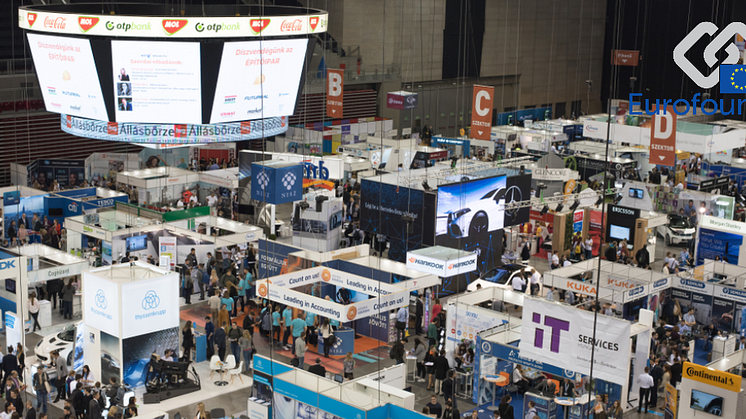
News -
Wage and task profiles of employment in Europe in 2030
Europe's labour market is set to become even more polarised, largely due to the growth of jobs at the very bottom of the wage distribution. However, across the EU28, there is considerable heterogeneity in the patterns of structural change by job-wage quintile, with many Member States projected to upgrade their occupational structure towards higher paying jobs.
This latest short report from Eurofound, which forms part of the Cedefop-Eurofound joint report Skills forecast: Trends and challenges to 2030 examines the implications of projected structural change for the wage and task structure of employment in Europe up to 2030.
‘Structural change is expected to move much faster in the Member States who joined the Union after 2004,’ says Donald Storrie, Chief Researcher at Eurofound, ‘and we forecast big changes in the occupational wage and task structure in these countries in the run up to 2030’.
A major driver of the structural change is globalisation. Recent decades have seen significant changes in the global distribution of labour, and global competition and market opportunities are likely to continue to impact upon the structure of employment in Europe.
In this context, relative wages and productivity are the key determinants of which jobs will remain and grow in Europe and which will be lost to foreign competition. As manufacturing still dominates global trade, it is the main sector impacted by globalisation.
Download: Skills forecast - trends and challenges to 2030
Download: Wage and task profiles of employment in Europe 2030






